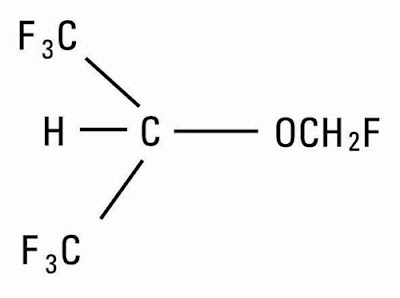Liquid Biopsy: A Promising New Cancer Screening and Diagnostic Method
 |
| Liquid Biopsy |
What is Liquid Biopsy?
Liquid biopsy is a non-invasive blood test to detect and monitor cancer. It analyzes cell-free DNA (cfDNA) and circulating tumor cells (CTCs) that tumors shed into the bloodstream. cfDNA and CTCs can provide important information about the presence and progression of cancer without requiring surgery or biopsy of tumor tissue.
Advantages Over Traditional Biopsy Methods
Traditional biopsies require invasive procedures like surgery or needle biopsies to obtain tumor tissue samples. This poses risks to patients and is not always feasible depending on the tumor location. Liquid Biopsy offers many advantages by detecting cancer biomarkers in blood:
- It's a simple blood draw that's less risky than surgical biopsies
- Repeated samples can be taken over time to monitor treatment response or recurrence
- It may detect cancer earlier by finding circulating biomarkers before tumors are large enough to detect with imaging
- It can be used to guide treatment decisions and detect resistance mutations helping personalize therapy
Applications in Cancer Screening
Liquid biopsy shows promise for non-invasive cancer screening. Screening high-risk individuals could catch cancers earlier before they spread. Companies are developing multi-cancer early detection (MCED) blood tests that use machine learning to detect tumor DNA from various cancer types from a single blood draw.
In a clinical study, an MCED test detected over 50% of cancers, including early-stage cancers, from a simple blood test. This level of detection provides a less invasive screening alternative than existing methods like mammograms or colonoscopies. Widespread population screening with liquid biopsy could substantially improve early detection rates.
Guiding Precision Cancer Treatment
By analyzing the genetic profile of a patient's tumor through liquid biopsy, doctors can select targeted therapies designed to attack specific mutations driving that tumor. This avoids ineffective treatments. Repeated liquid biopsies during treatment allow doctors to monitor how a tumor evolves in response to therapy.
This enables detection of new mutations causing drug resistance. Switching to alternative targeted therapies can overcome resistance. Studies have shown liquid biopsy outperformed tumor biopsy for resistance mutation detection. The non-invasive approach also allows multiple samples over treatment to continually refine precision medicine approaches based on real-time tumor monitoring.
Clinical Applications and Adoption
Most clinical applications and studies of liquid biopsy to date have focused on late-stage cancers where tumors are large and easily detectable. However, research shows the technology may contribute more in early-stage disease settings:
- Lung Cancer Screening - Suitable for monitoring high-risk individuals and detecting relapse earlier than current screening methods. Studies report high concordance of mutations between liquid biopsy and tissue biopsy.
- Breast Cancer - Used alongside imaging for recurrence monitoring. A study found liquid biopsy detected recurrence on average 11.7 months earlier than standard imaging alone.
- Colorectal Cancer - Demonstrated ability to detect recurrence up to two years before tumor regrowth seen on colonoscopy.
As clinical evidence and technology rapidly advances, global liquid biopsy market size is projected to reach $11.3 billion by 2025. The non-invasive approach resolves several limitations of tissue biopsies and shows strong potential to transform cancer screening, diagnosis and treatment monitoring. Widespread clinical adoption depends on generating high-level evidence from ongoing prospective trials.
Challenges and Limitations
While liquid biopsy offers tremendous potential, several challenges remain for broader adoption:
- Low tumor DNA quantities in early-stage disease require highly sensitive assays for detection. Technologies are advancing but still have room for improvement.
- Samples may contain DNA from non-cancerous or other co-existing cancers, complicating interpretation. Stratifying results by cancer type and stage is important.
- Standardization of blood collection, handling and testing procedures is needed for consistent, reliable results. Protocols differ significantly between labs.
- Establishing clinical validity by prospectively validating assays across diverse cancer types and stages in large patient cohorts. Most studies to date are retrospective.
- Integration into standardized clinical practice requires consensus on guidelines, reimbursement models and demonstrating impact on key outcomes like survival.
- Costs are often higher than traditional biopsies presently but expected to decrease with scale and automation. Wider insurance coverage needed for population level screening.
Despite current limitations, liquid biopsy represents a paradigm shift with enormous potential for improving cancer management. Advancements are rapidly addressing technical hurdles. Widespread application in screening, diagnosis and treatment with supporting evidence could establish liquid biopsy as standard of care over the next decade.
Get More Insights on Liquid Biopsy



Comments
Post a Comment